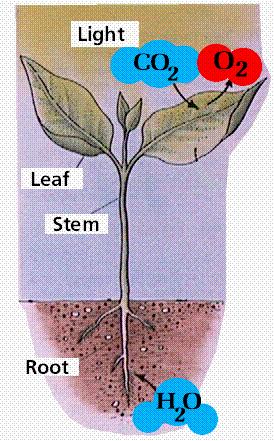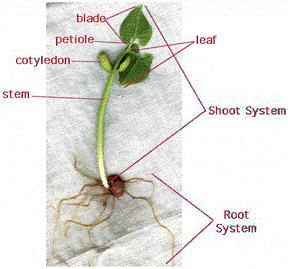The plant consists of root and shoot. The part of the plant above the ground level is called shoot system, which include leaves, flowers, buds, fruits and stems. The part of the plant present below the ground is called as root system. The roots can form tubers and rhizomes.
The meristematic regions have the capability for the plant cell formation. The plant cells develop into different cell types that form various tissues. The major types of cells in the plants are classified as dermal, ground and vascular. The dermal layer constitutes the outer layer of the plants and consists of epidermal cells. The dermis is covered by the waxy layer called as the cuticle. Cuticle helps in stopping the loss of water. The layer below the dermal layer is called as ground tissue.
Ground tissue comprises of three types of cells called as parenchyma, collenchyma and sclerenchyma. The next type of tissue is called as vascular tissue. Vascular tissue will aid in the transport of minerals, food, hormones and water from one part of the plant to another. The vascular tissue comprises of xylem, phloem, cambium cells and parenchyma.
The plant cells and their types are generated from meristems through mitosis. Meristematic tissue is present at the tip of the root, shoot and in lateral positions of the entire plant length. One of the lateral meristems which help in the secondary growth of the plant is called as cambium. The cork and wood of the plant are produced by the secondary growth.


No comments:
Post a Comment